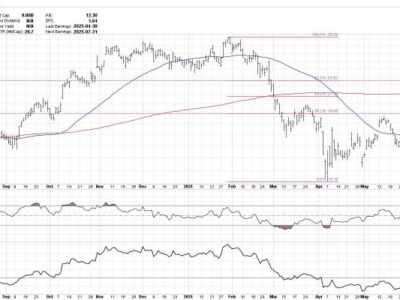
California and Florida now have approved budgets for the fiscal year beginning July 1, 2023, giving us the opportunity to compare spending across two large states with different governing philosophies.
Both overall and per capita, Florida spends far less than California. Further, it is not clear that the California state government provides much incremental value to its residents for all its extra spending.
Figure 1 compares total anticipated spending by Florida and California for the current fiscal year broken down into three broad categories: general funds, other state funds, and federal funds. The last category represents money coming from the federal government largely to support each state’s Medicaid program, but for many other purposes as well. The other two categories of spending are supported by taxes, fees, and service changes collected by the state government. The ink is still not dry on California’s budget so the categories aside from General Fund are estimates subject to change.
To improve comparability, Figure 2 divides total state spending by recent population estimates to arrive at per capita figures. California’s Department of Finance estimates the Golden State’s population was 38.94 billion on January 1, 2023, while Florida’s Demographic Estimating Conference estimates a Sunshine State population of 22.61 million as of April 1, 2023. For the rest of 2023, it looks like California’s population will remain nearly flat while Florida will continue to grow, albeit at a slower pace than it did during the pandemic.
We see that on a per capita basis, California state government spends about double the amount Florida does. Since states must balance their budget, the main reason California can spend far more than Florida is that the Golden State has a personal income tax. Florida, by contrast, is mostly reliant on sales and excise taxes for its non‐federal revenue.
It is important to factor in this institutional difference when comparing the governors of these two states. Florida has been a low tax, low spending state for decades, and California has been at the opposite pole for a long time. While Florida has never had a personal income tax, California’s has been in place since 1936.
That said, those of us who prefer smaller government could still applaud Florida’s current and recent administrations for resisting the temptation to impose a personal income tax and thereby grow state spending.
Supporters of bigger government might criticize Florida for skimping on needed spending, but to make that criticism effectively, they would have to show that California’s spending is benefiting its residents. Obviously, some California residents benefit from the state’s copious spending by receiving the funds, but what about the general public?
For example, the state’s High Speed Rail Authority has already spent over $11 billion. Contractors and their employees have benefited from these expenditures, but the riding public is almost certain to see no benefit until at least 2031, when, maybe, the first lightly travelled segment of the state’s high‐speed rail system will open. Meanwhile, Floridians will be able to travel between Miami and Orlando by rail starting in September, thanks to private investment and without the expenditure of taxpayer funds.
Because different states organize their budgets differently, it is challenging to determine which spending categories are driving the gap between California and Florida. But education appears to be one key area. While California Gov. Gavin Newsom’s final budget called for $103.3 billion in K‑12 and higher educational spending, Florida’s approved budget only included $30.3 billion for these purposes.
But it is not clear that California is getting much additional bang for the extra bucks it is spending. Standardized test scores reported by the National Assessment of Educational Progress (NAEP) show Florida equaling or exceeding California. In one extreme example, Florida ranked fourth among states in Mathematics at the fourth‐grade level while California ranked 38th.
Further evidence of relative policy effectiveness can be gleaned from interstate migration. In recent years, California has been shedding people while Florida has been gaining them. Many Americans have been voting with their feet for the governing style of Florida (as well as Texas), and against that of California (as well as New York).
Much of the public debate between California and Florida policy revolves around social issues on which many libertarians (including this author) prefer the Golden State’s approach. But, for less politically engaged citizens, their view of state government revolves more around the quality of services provided and the economic costs imposed, directly or indirectly. Viewed from this perspective, California does not appear to be coming out ahead.








